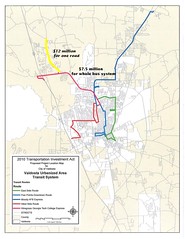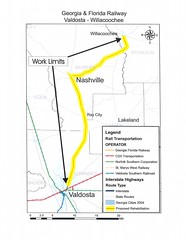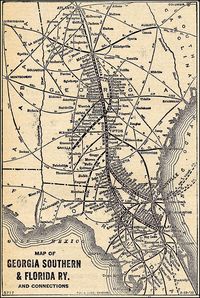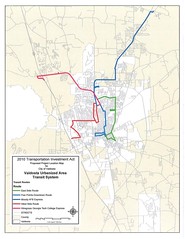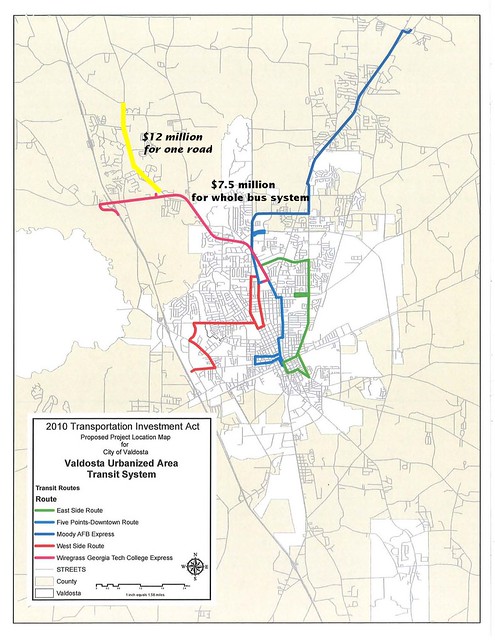It sounds like good news for T-SPLOST opponents, until you look at the details.
Eve Chen wrote for 11Alive yesterday, 11Alive Poll | T-SPLOST would not pass today
Among likely voters surveyed by SurveyUSA for 11Alive News, across the state, 48% said they would vote against T-SPLOST and 36% said they would vote for it if the primary were today; 16% were still undecided. The margin of error was 3.4%.
But look at the details. The big No regions are Atlanta metro and northwards (see Question 1). In our Region 11 it’s Yes 41%, No 33%, Not Certain 26% so there’s work to be done. Do we want to end up stuck with projects we don’t need after Atlanta votes down its region in a referendum that was designed to pass in Atlanta?
My favorite is question 6:
How likely is it that the state government would properly handle the funds if the transportation tax increase is passed?
In region 11, Very 17%, Somewhat 24%, Not Very 25%, Not At All 21%, Not Sure 14%. Trust problem, GDOT?
And nobody is buying the scare tactics. See Question 4, for which every region says by around 2 to 1 that traffic would stay about the same without T-SPLOST. Question 3 indicates few even think T-SPLOST would improve traffic. We also know a Plan B is possible. How about a Plan B including public transportation for south Georgia to help people get to work?
-jsq



